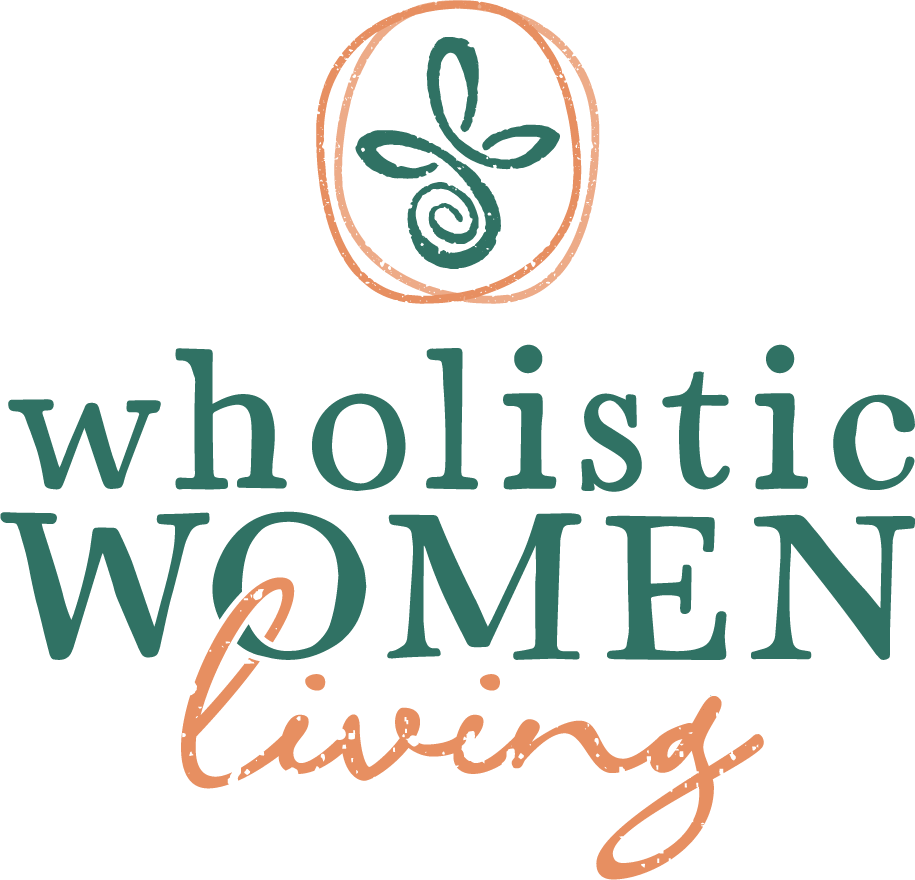What comes to mind first when you think of creativity? Art studio? Dance? Creativity as a talent? But there’s more to it, so let’s take a look at what creativity is.
When I Google creativity, many definitions come up, but I like to stay with: Creativity is the process of bringing something new into being.
Psychologist Abraham Maslow asked, “Who is interested in creativity?” in his 1971 book The Farther Reaches of Human Nature. His answer was: “Practically everybody is.” This interest is no longer confined to psychologists and psychiatrists, but has become a question of national and international policy as well. A 2012 Adobe study on creativity revealed 8 in 10 people felt that unlocking creativity is critical to economic growth and nearly two-thirds felt creativity is valuable to society. However, a striking minority – only 1 in 4 people – believe they are living up to their own creative potential.
How can a concept be so important in human consciousness, so dearly valued by nearly everyone, yet be so elusive?
In The Creative Connection, Natalie Rogers, daughter of psychiatrist Carl Rogers, states that “we all need love and approval. Yet the key to unleashing our creative energy is finding the deepest sense of approval within ourselves.” And we have to find a way to quiet the inner critic. It seems the creative bud in each of us is very delicate. Although the urge to express ourselves is powerful, it seems to be easily squashed in childhood. Many people then feel afraid and reluctant to try again.
Creativity is not a talent. We are all born creative and in fact are taught to not be creative. Until the age of five, we are able to play and create without any inhibition. We are able to make beautiful paintings intuitively without any training. At the age of six, we start judging ourselves and listening to what others say about us and lose our freedom of expression. We start to cultivate the chatter in our heads, and start living according to the stories we tell ourselves, whether they are correct or not. One of the stories I often hear as an art instructor is: “I’m taking your class, because I like to paint, but I’m not creative at all.” If we were to treat learning to draw the same as learning to read, we would all be better draughtsmen.
Where could you use more creativity in your life?
Art professor Betty Edwards made it her lifelong quest to determine what creativity is and why we judge ourselves so harshly. Her original contributions to the art of drawing and creativity have reached far beyond the college classroom as she proved that everyone can learn to draw. In her book Drawing on the Artist Within, she related that at the beginning of the semester there are always students saying to her, “I have no talent and will never be able to learn.” “Well, wait and see,” she would answer, and sure enough a few weeks later they were happily drawing away. And even then they attributed their newly acquired skill to hidden talent.
Additionally, the students stated that learning to see by learning to draw had caused other changes in their perception of the life around them. The students said that they noticed there is so much out there that they had never seen before. They even mentioned being able to think differently.
Betty Edwards proposed that learning to see and draw is a very efficient way to train the visual system, just as learning to read and write can efficiently train the verbal system. When trained as equal partners, one mode of thinking enhances the other, and together the two modes can release human creativity and make thought visible. She described the creative process as follows:
- First Insight | 2. Saturation | 3. Incubation | 4. Ah-Ha! moment | 5. Verification – engaging left and right brain at the different stages.
If creativity is not a talent, but a skill, then we can learn it and have more of it in our lives. I like to see myself as open-minded, creative, and resourceful. Creating is something I have to do. It’s a force from within. I love it, whether it’s painting, setting the table, arranging flowers, buying a new outfit, or coming up with a creative solution. I thrive on solving challenges, and I use my creativity to engage in creative problem solving.
3 simple ways to enhance creative problem solving:
- Become an expert and teach or explain.
Teaching as well as coaching have given me the opportunity to further deepen my knowledge and practice getting it across. I don’t have all the answers, but my reservoir, and also my confidence, are growing. I tell my art students to know their creative habits; with that, I mean knowing what they need in order to stay in the zone while they are painting. If you have to look for a color, you go from right brain to left brain mode and out of the zone.
- Be curious and open-minded.
Get curious about the problem you want to solve and be open-minded to new ideas. Fear is the enemy of creativity. Embrace the unknown and give yourself permission to explore.
- Gather information by asking yourself questions.
Any idea you have comes out of your memory. That means you have pulled information from your memory and used it. When asked a question, we immediately go into answer mode – so does your memory and you can come up with some unexpected answers.
Today’s author: Elisabeth Vismans is a Certified Professional Co-Active Coach (CPCC), an Award-Winning Artist, and founder of Quality Within, helping women in transition to find their life purpose. She developed a unique coaching program using the visual language as an extra modality. She is also an Art Instructor and conducts painting and coaching workshops. Learn more about Elisabeth at her website: www.qualitywithin.com, or from her Facebook page.
